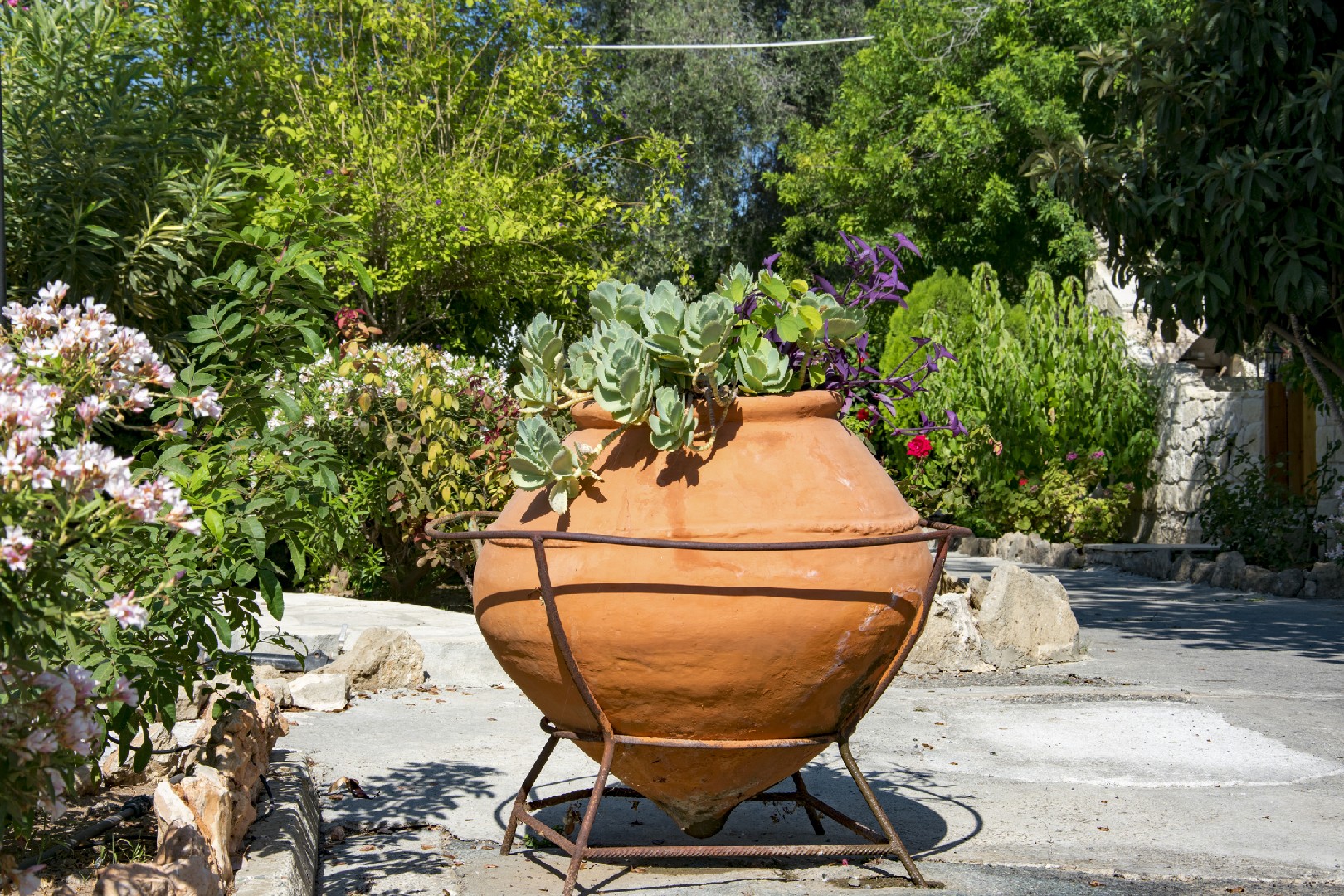![Rectangle]()
Terracotta: The Earthy Elegance
Terracotta, with its warm earthy tones and timeless beauty, has long been a popular choice in hardscaping. This ancient material traces its roots back to the Mediterranean region, where it was first used by civilizations such as the Greeks and Romans. The word 'terracotta' itself is derived from the Italian words 'terra', meaning earth, and 'cotta', meaning cooked. This refers to the process of firing clay at high temperatures to create durable ceramic pieces that can withstand the elements.
When it comes to hardscaping, terracotta offers several unique properties and advantages. Firstly, its natural, rustic appearance adds a touch of warmth and elegance to any garden. The earthy tones of terracotta blend seamlessly with the surrounding landscape, creating a harmonious and inviting atmosphere. Whether used for paving, wall cladding, or decorative accents, terracotta brings a sense of authenticity and charm to outdoor spaces.
In addition to its aesthetic appeal, terracotta is also highly durable and weather-resistant. The firing process gives terracotta its strength and ability to withstand extreme heat, cold, and moisture. This makes it an ideal choice for outdoor applications, as it can withstand the rigors of nature without losing its beauty or integrity. With proper installation and maintenance, terracotta hardscaping elements can last for decades, making it a wise investment for homeowners.
Furthermore, terracotta is a sustainable choice for environmentally-conscious gardeners. Unlike synthetic materials, terracotta is made from natural clay, which is a renewable resource. The production of terracotta also has a lower carbon footprint compared to other hardscaping materials like concrete or stone. The natural properties of clay, such as its ability to absorb and retain water, can also contribute to a healthier garden ecosystem. By using terracotta in your hardscaping projects, you are not only enhancing the beauty of your garden but also making a positive impact on the environment.
To make the most of terracotta in your garden hardscape, there are a few practical tips to keep in mind. Firstly, ensure that you choose high-quality terracotta products from reputable suppliers. This will ensure that you are getting durable and authentic pieces that will stand the test of time. Secondly, consider incorporating terracotta in various elements of your hardscape design, such as paths, walls, and planters, to create a cohesive look. Finally, regular cleaning and maintenance will help preserve the beauty of your terracotta hardscape. Avoid using harsh chemicals and opt for gentle cleaning solutions to avoid damaging the clay.
In conclusion, terracotta is not only a visually appealing choice for garden hardscaping, but also a durable and sustainable one. Its earthy elegance adds warmth and charm to outdoor spaces, while its inherent properties make it a long-lasting investment. By choosing terracotta, you can create a beautiful and eco-friendly garden that will be enjoyed for years to come.





